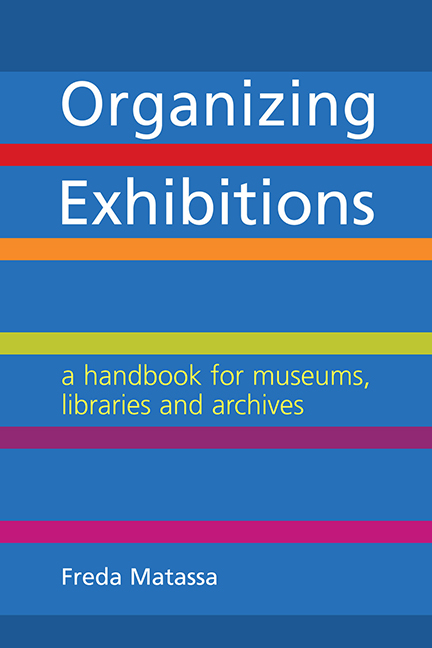4 - Packing and transport
Published online by Cambridge University Press: 10 September 2022
Summary
Fundamentals
Stage Four is about bringing the exhibits to the exhibition space. All items, even of low value, should be handled and moved with care. Cultural objects are often fragile, valuable, unique and historic and, as such, are vulnerable every time they move. They are at risk of damage from being incorrectly handled, packed or transported, from fluctuations in temperature and relative humidity (RH), and from theft. Objects which are kept in a particular environmental climate may suffer if moved outside their normal range.
Any move must be planned to ensure the safety of the object from the moment it leaves its home till the moment when it returns. There are many different ways to pack and move cultural objects, from simple and low-cost to expensive, high-specification crating and air transport. With international loans there will usually be no alternative to the highest standard of packing and shipping, but in most cases a number of options can be considered and the most appropriate and best value one chosen.
Communication is vital, both between lender and borrower and between exhibition organizer and transport agent. Information on the objects, the journey and the cost should be in a written agreement between all parties. The relationship with the transport agent should be one of trust and close co-operation to ensure the objects arrive on time and in good condition. All moves should be documented and records kept before, during and after a move.
Internal moves
Planning
Risk assessment
Planning is the most important part of any move and even internal moves should follow a carefully worked out format. The exhibition team should liaise with all relevant staff to agree on the best and safest method of moving the object(s) as well as a date and time. Figure 4.1 provides an example of an in-house risk assessment form.
An object may need conservation work, cleaning, mounting or other preparation, so do the risk assessment well in advance of the move. The risk assessment should be undertaken by someone with experience in moving cultural objects. Some of the considerations in the risk assessment are discussed below.
- Type
- Chapter
- Information
- Organizing ExhibitionsA Handbook for Museums, Libraries and Archives, pp. 85 - 112Publisher: FacetPrint publication year: 2015



